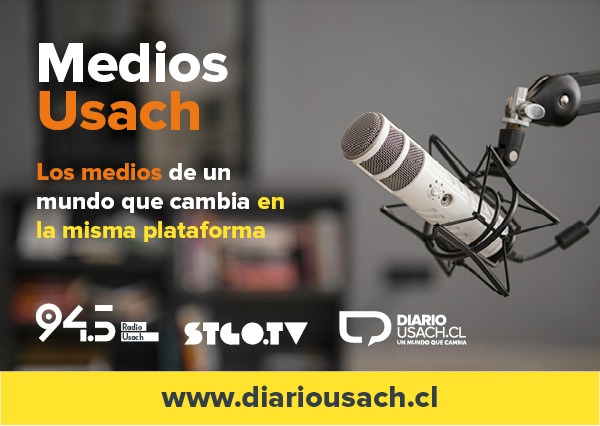- Dr. Sergio Velastín, professor at the Department of Informatics Engineering of Universidad de Santiago de Chile, gave a talk on the use of data fusion in computer vision at the 17th Conference of the Institute of Electrical and Electronics Engineers (IEEE), held at Salamanca, Spain. Around 400 officials from the Ministries of Defense of different countries and members of the NATO attended the conference.
International experts on data management gathered last week in Salamanca, Spain, at the 17th version of the International Conference on Information Fusion (Fusion 2014) supported by the IEEE. Universidad the Santiago de Chile was represented by Dr. Sergio Velastín, full professor at the Department of Informatics Engineering, who gave a presentation during the activity.
He gave his presentation “The potential of fusion in computer vision application” to more than 400 people, many of them members of the North Atlantic Treaty Organization (NATO) and representatives of Ministries of Defense of different countries, who attended the conference to learn about the progress in this field.
Dr. Velastín talked about computer vision, the branch of artificial intelligence that is concerned with finding artificial means to interpret the visual information of the surrounding world. Human beings have specialized in this interpretation and use a significant part of their brains to do it. “Most of what we do every day (getting around, driving, interacting with others, enjoying sports, teaching our children, learning, reading information, among others) requires interpreting what we see. If machines were able to emulate these abilities, we could potentially enrich our lives and empower mentally or motor- handicapped people. We could also make our public spaces safer,” the academic said.
Data processing in the digital era
According to the researcher, more than 40 years ago, a revolution started in human development that would potentially transform what up to then were physical quantities (images, printed letters, vital signs like blood pressure, sounds, among others) into digital data (numbers) that could be processed by a computer. “This digital era in which we live has surrounded us to such a degree that we almost do not realize how extended the generation, transmission and processing of data are. A routine telephone call occurs thanks to the processing of these numbers. Everything can be more easily filed and humankind is generating more data than ever in its existence,” professor Velastín said.
The academic explained that although many technologies- like data fusion- initially arose due to military needs, especially during the Cold War, “the use of this data involves large potential benefits, but they undoubtedly depend on how societies and governments use it. Europe, with a more egalitarian and socially inclusive model, is achieving great progress benefiting people, for example, through the so-called intelligent cities and environmentally assisted life.”
Professor Velastín thinks that in societies with more individualistic models, like Chile or even the United States, benefits could turn into danger, mainly because these contributions are not well distributed and are not used for social inclusion. “How many municipal schools do usually use tablets or smart boards?” The risk posed by disparity in the access to technology increases inequality, particularly, in future generations,” he said.
Security cameras
At present, Dr. Velastín is conducting a study in London on people’s behavior on public transportation, by recording and interpreting digital images captured by security cameras. In his opinion, the use of cameras in public spaces is a complex issue that depends on the balance between the right to security and the right to privacy. “In an ideal society, nobody is arrested at random unless he/she is a suspect or has put other people’s security at risk. What is important is to have clear regulations that are transparently respected by everyone who is responsible for a security camera, both in the government and in the private sector.
Professor Velastín has worked for several years in the United Kingdom, the country with more cameras per capita in the world, but also with very strong regulations for protecting data. He went to Spain in the context of a visiting professorship at Universidad Carlos III de Madrid, through its Chairs of Excellence program, funded by Banco Santander.
Translated by Marcela Contreras



